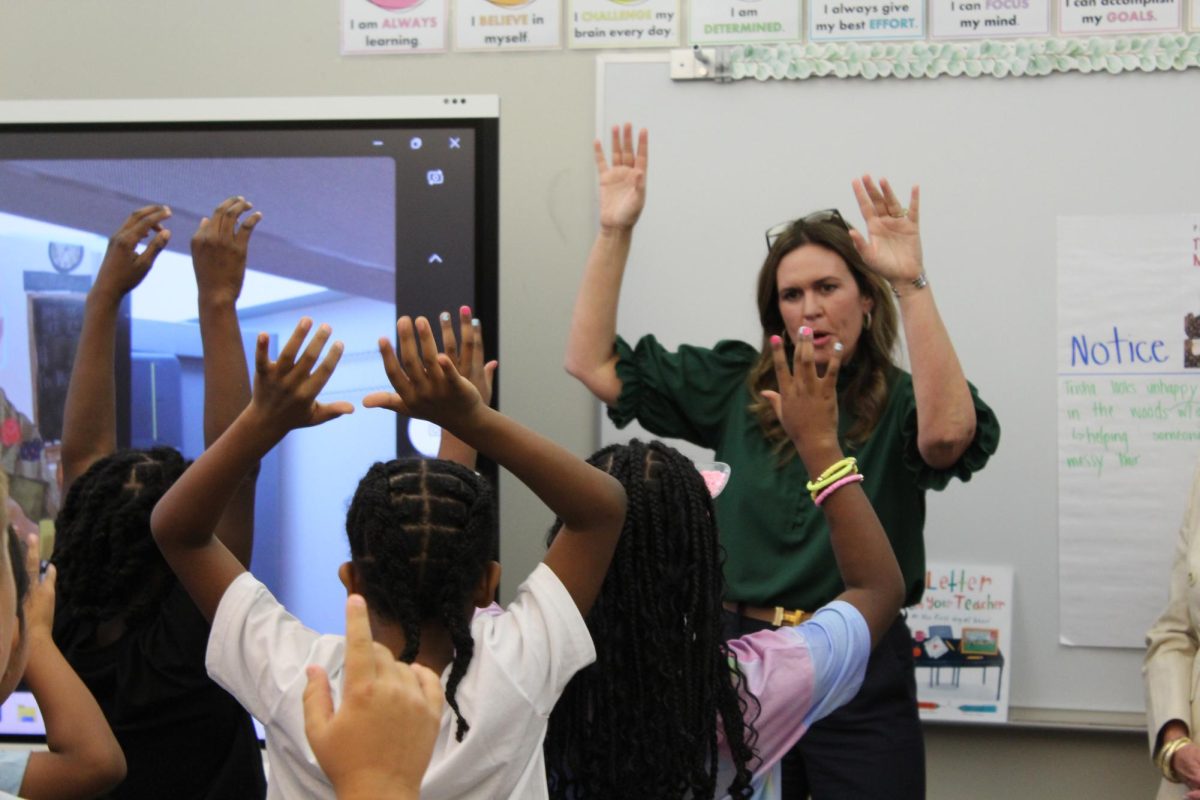While our school holds an important place in Arkansas history, projected financial challenges exacerbated by the LEARNS Act may have impacts on the district.
Superintendent Jermall Wright warned that LRSD could face an $18.5 million budget deficit next year if current trends continue. Some cuts are already planned, including approved plans to close Brady Elementary and combine Carver Elementary and Washington Elementary. These closures are the result of enrollment and budget concerns and will likely leave some teachers unemployed.
However, Kelsey Bailey, the district’s deputy chief for business and operations, in a story in the “Arkansas Democrat-Gazette”, said that the district should keep investing in its current campuses. Another bond issue has been proposed to raise $75 million for its building projects.
“There are often a lot of pre-conceived and misconceived notions out there in the public about how money in school is spent,” Sarah Moore, chair of the Arkansas State Board of Education, said in the same story. “One particular piece I have pulled out over the years is per-pupil expenditures.”
Arkansas Department of Education records indicate that LRSD’s per-student expenditure for the 2023-24 school year was $18,747, compared with the state average of $13,326.
“It’s not good,” Wright said. “Most of that is because we have so many schools that are under-enrolled, and the fewer students you have, you are going to have higher pupil expenditures.”
The cost is inflated because of the district’s declining enrollment. The LRSD experienced about a 21 percent drop in students over the past decade, and it is expected to decline even more. As enrollment decreases, so does state funding. Fewer students per school means less money, which influences budget cuts.
In 2015, there were 24,000 students enrolled in the LRSD. That number went down to only 19,763 students enrolled in the 4th Quarter of this school year. This leaves the district with higher costs per student but fewer resources to spread across schools.
The situation is negatively impacted by the LEARNS Act that was passed in 2023. This act worked to raise teacher salaries but also expand private school vouchers. These vouchers, called Education Freedom Accounts (EFAs), offer up to $7,000 per student.
EFAs provide families with 90 percent of the state’s per-student funding, and more than 80 percent of these students were already enrolled in private schools prior to receiving these funds.
In the 2024-2025 school year, over 14,000 students are using EFAs to attend private school or homeschool. The state has also allocated an additional $90 million to expand the EFA program, which will support almost 40,000 participants.
Additionally, more than two dozen private schools have joined the voucher program this year. These additions show a shift in educational funding in Arkansas, with more public tax dollars invested in private education.
For districts like LRSD, this means fewer resources to support public school students.
Fewer teachers with more students per class may be an unwelcomed solution to the income deficit. Larger class sizes mean less one-on-one attention. It also means that extracurricular activities like clubs and sports could potentially be affected.
These factors with the decrease in enrollment means hard decisions for the LRSD when it comes to making needed cuts.






